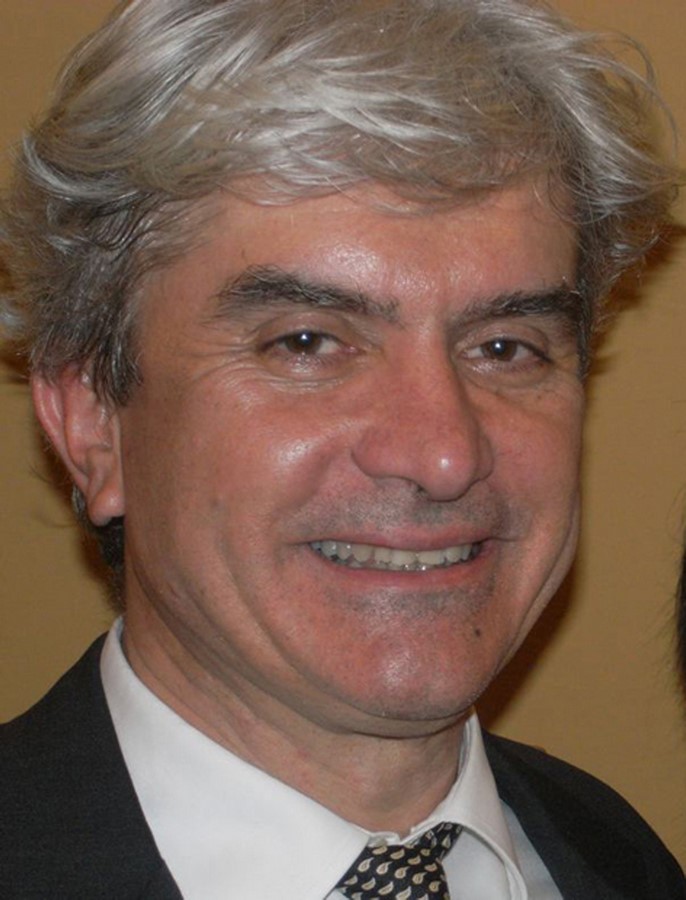Speakers - Periodontal Conference 2016
Microsurgery and Periodontal Regeneration: an ideal combination?
Periodontal regeneration is a predictable approach for the treatment of shallow and deep intrabony defects. Goal of regenerative therapy is pocket reduction through attachment and bone gain with minimal gingival recession: its proper application could change the prognosis of severely compromised teeth, favouring teeth retention. In the last decade, a growing interest for more friendly, patient oriented surgery have urged clinical investigators to focus their interest in the development of less invasive approaches; in parallel novel instruments and materials have been developed for the inevitable evolution of the surgical armamentarium. “Minimally invasive surgery” is a term that describes the use of smaller and more precise surgical procedures that are possible through the use of operating microscopes, and microsurgical instruments and materials. The use of microsurgery and minimally invasive surgery in periodontal regeneration reportedly increased the capacity to manipulate the soft tissues resulting in an excellent 92 to 98% stable primary closure of the wound. This “high performance” of the surgical procedure is partly responsible of the increased outcomes of modern regenerative approaches. In addition, the recent minimally invasive surgical techniques have greatly reduced invasivity, side effects and surgical chair-time, and, as a consequence, improved the cost benefit ratio for the patient. This lecture will focus on the “state of the art” of periodontal regeneration on intrabony defects with a special emphasis on the adjunctive benefit of using a surgical microscope, the use of microsurgical instruments and the application of “minimally invasive surgical techniques”.

